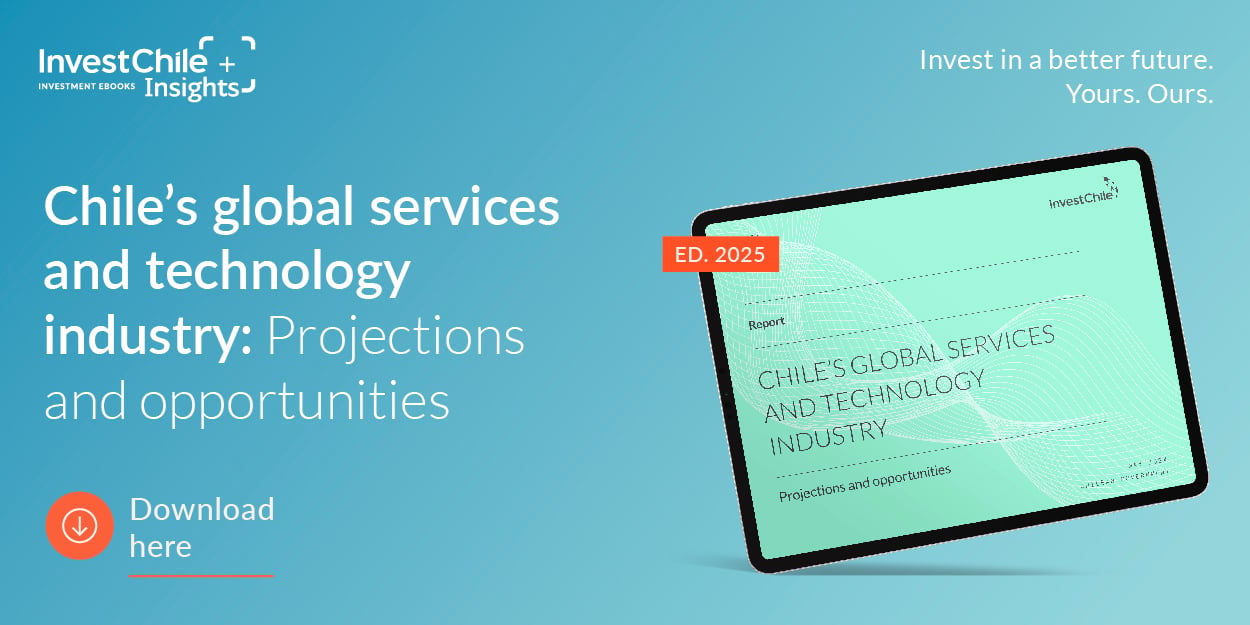The Humboldt project, born from the collaboration between the Chilean Government and the multinational Google, will span more than 14,000 kilometers and will enable the deployment of an underwater optical fiber.

Chile is taking a fundamental leap to continue positioning itself as a digital hub for Latin America with the implementation of the Humboldt submarine cable, a pioneering initiative that will establish the first digital connection center between South America, Asia, and Oceania.
This project, developed through a partnership between the Government of Chile and Google, will mark a milestone in transoceanic telecommunications. With a length of more than 8,000 miles, it will connect Chile with Australia and the Asia-Pacific region.
«This cable consolidates Chile’s position as a center for digital activity in South America, which will open up opportunities for new industries, jobs, and better working and living conditions for thousands of people,» said President of Chile, Gabriel Boric, during the project’s presentation, emphasizing that this progress will generate opportunities for new industries and better jobs.
Chile: A digital hub
The Humboldt submarine cable is not only the first of its kind globally; it also positions Chile as a regional technology leader.
It offers advantages including more robust and stable internet connections, and the efficient exchange of scientific data between South America and Asia-Pacific.
Karan Bhatia, Google’s Vice President of Government Affairs and Public Policy, highlighted in an interview with Chilean business publication Diario Financiero that the Humboldt cable «will position Chile as a true hub for activity and economic growth between Latin America and Asia.»
This project, which is expected to initiate operations in the fourth quarter of 2026, will not only boost the local economy; it will also drive innovation and efficiency in various sectors.
The economic impact of the Humboldt cable is expected to be comparable to or even greater than the Curie cable, which it is estimated will contribute US$19.0 billion to the country’s GDP by 2027 and create more than 67,000 new jobs.
«We see this as a great opportunity not only to leverage the success of the Curie cable, but also to further increase its contribution,» said Bhatia.
He also emphasized that artificial intelligence will reshape the industry, offering solutions to challenges in areas such as healthcare, sustainability, and climate change.



%2017.11.51.png)

